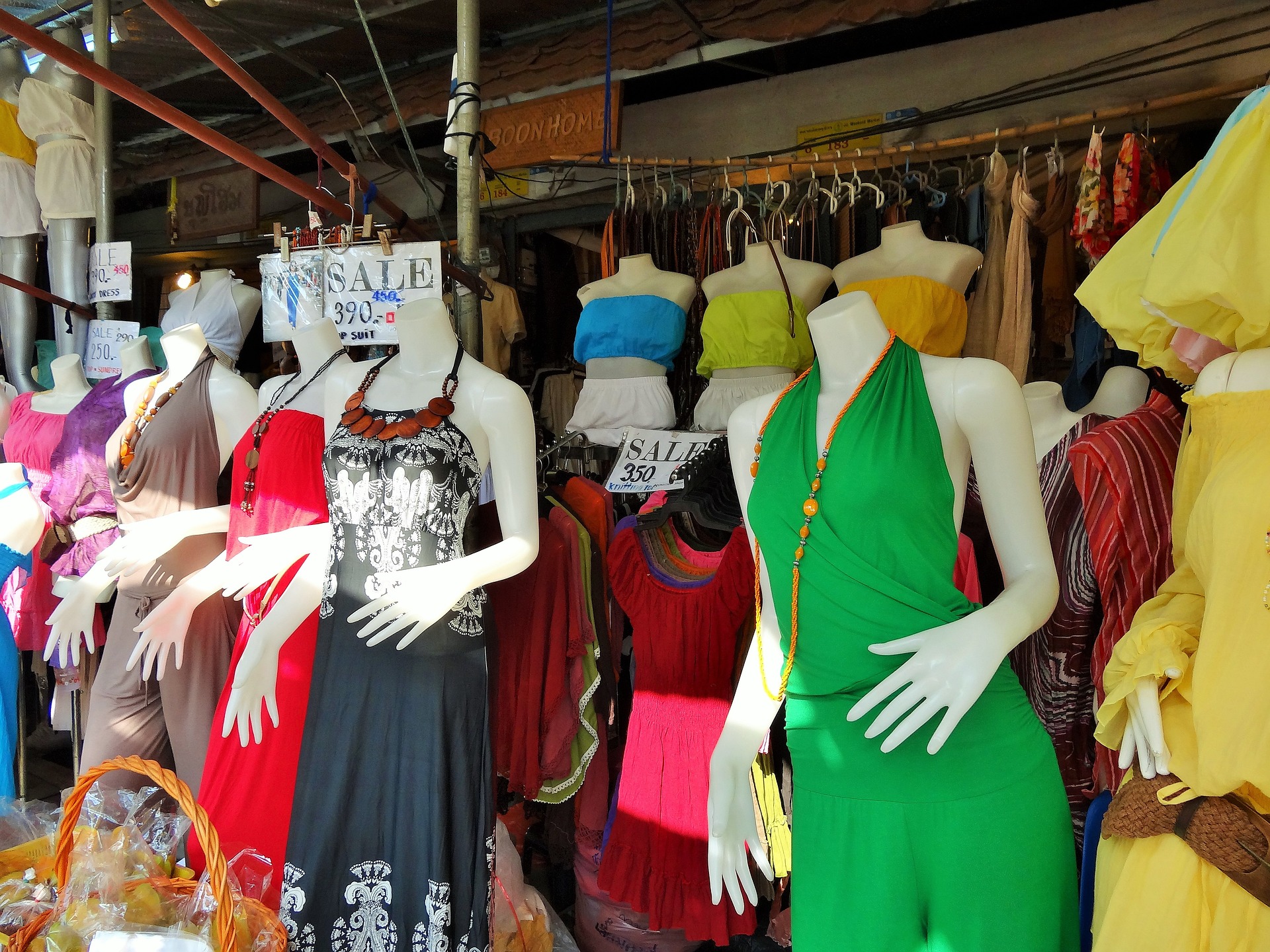Thai local weaving has been a heritage of cultural art for generations, and the various textiles from different eras and areas offer a glimpse into the sartorial taste of the period.
Silk
Silk is called Mai in Thai. Sericulture is an integrated part of the Thai people’s lives. Three silkworms are raised in Thailand – the local species yield short but strong thread in yellowish or off-white color; Thai hybrid species give bigger yellow thread; and foreign hybrid species produce long white silk, the favorite among reeling factories.
Cotton
Cotton, or fai in Thai, is the major material of the weaving industry in Thailand since the plant can be grown throughout the country. Although many kinds of cotton are grown in Thailand, Toole cotton, which yields small balls with short brownish fiber, is more often used for home weaving.
Mud Cloth
In this technique, the fabric, usually cotton, is fermented in mud. The Technique is said to have been discovered accidentally, when the farmers returned from the fields and noticed that the mud-soaked part of their clothes felt softer than the rest. Sukhothai is known as the hub of mud cloth
Tie-Dye
Called mud-yom in Thai, tie-dyeing is one of the simplest ways to add color to fabrics. As the name suggests, the fabrics are tied and then dyed partially to create patterns. The beauty of this technique is that no two fabrics will be similar, even if they are tied and dyed the same way.
Mo Hom
Mo hom fabric is dyed with indigo. The word mo means pot, which contains the dye, and hom refers to the hom plant (indigo plant) which produces the distinctive deep blue color of the dye. The technique makes the fabrics more durable. Ban Thung Hong village in Phrae is noted for the making of mo hom textiles.
Pha Sin
Pha sin is a full-length wraparound skirt, usually with patterns, worn by women in the North and Northeast. The pattern varies from region to region, ranging from plain ones for everyday use to exquisite ones for special occasions. In addition to the weaving technique, the loom also plays a role in determining the pattern.
Batik
The Batik technique in Thailand is said to have been influenced by the Javanese culture. The colorful fabric is made by drawing patterns using a resistant; such as wax before dyeing the fabric. The technique works on cotton, silk, and other natural fabrics. Today, batik fabrics are associated with beaches, as the technique is commonly practiced in seaside cultures; such as Indonesia, Malaysia, and Southern Thailand
Pha Khao Ma
Pha kha ma is a distinctive checkered fabric mostly woven using cotton. It is known for its versatility and low maintenance and is commonly worn by men in the Northeast. Archaeological evidence suggests that pha kaho ma has been used by Thai men for several hundred years. It can be used as a turban, stole, towel, rag, blanket, and to scatter insects.


